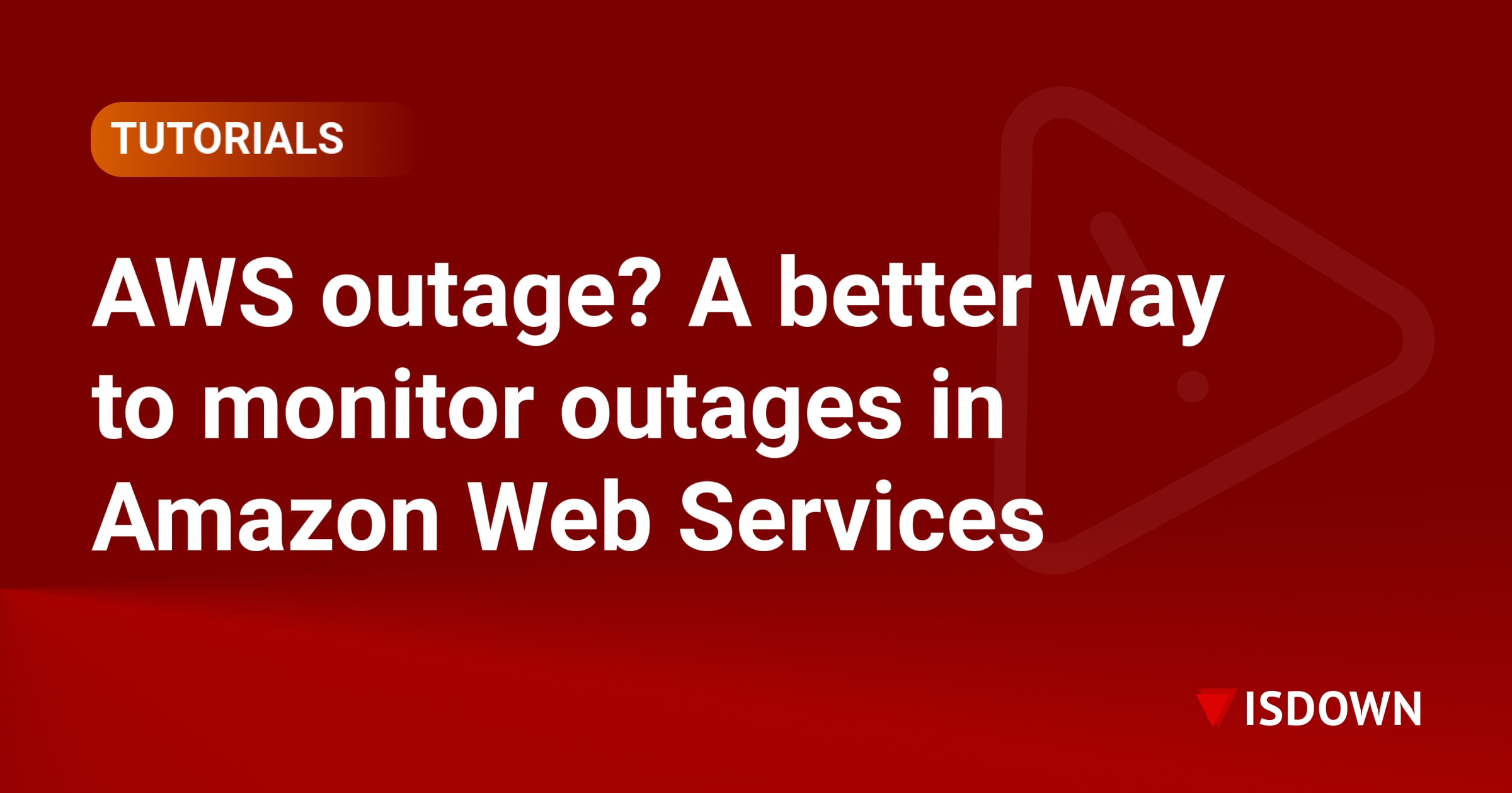Building an Effective Post-Mortem Culture: A Step-by-Step Guide
Post-mortems are the cornerstone of continuous improvement in incident management. When done right, they transform failures into learning opportunities and prevent future outages. Yet many teams struggle to build a culture where post-mortems are valued rather than feared.
What Makes a Post-Mortem Effective?
An effective post-mortem goes beyond documenting what went wrong. It creates a safe space for honest discussion, identifies systemic issues, and produces actionable improvements. The best post-mortems share these characteristics:
- Blame-free environment: Focus on systems and processes, not individuals
- Timely execution: Conducted while details are fresh, typically within 48-72 hours
- Inclusive participation: Involves all stakeholders who played a role
- Clear documentation: Produces a written record accessible to the entire organization
- Actionable outcomes: Results in specific tasks with owners and deadlines
Step 1: Establish Clear Post-Mortem Triggers
Not every incident requires a full post-mortem. Define specific criteria that trigger the process:
- Customer-impacting outages lasting more than 30 minutes
- Data loss or security breaches of any severity
- Near-misses that could have caused significant damage
- Incidents requiring all-hands response or escalation
- Any event team members flag as worth reviewing
Document these triggers in your incident response playbook so everyone knows when to initiate a post-mortem.
Step 2: Create a Standardized Template
Consistency is key to building an effective post-mortem culture. Develop a template that guides discussion while remaining flexible enough for different incident types. Your template should include:
Incident Summary
- Date, time, and duration
- Services affected
- Customer impact metrics
- Severity level
Timeline of Events
- Detection time and method
- Key actions taken
- Resolution steps
- Communication milestones
Root Cause Analysis
- Contributing factors
- Why monitoring didn't catch it earlier
- System vulnerabilities exposed
What Went Well
- Effective responses
- Tools that performed as expected
- Team coordination successes
Areas for Improvement
- Process gaps
- Tool limitations
- Communication breakdowns
Action Items
- Specific tasks
- Assigned owners
- Target completion dates
- Success metrics
Step 3: Foster a Blame-Free Environment
The success of your post-mortem culture hinges on psychological safety. Team members must feel comfortable sharing mistakes and near-misses without fear of punishment. Here's how to build this environment:
Language matters: Replace "who" questions with "what" and "how" questions. Instead of "Who deployed the broken code?" ask "What in our deployment process allowed broken code to reach production?"
Celebrate learning: Publicly recognize teams that conduct thorough post-mortems and implement improvements. Make it clear that learning from failure is valued.
Lead by example: When leaders openly discuss their own mistakes in post-mortems, it sets the tone for everyone else.
Focus on systems: Human error is never the root cause—it's a symptom of systemic issues. Always dig deeper to find process improvements.
Step 4: Schedule and Facilitate Effectively
Timing and facilitation can make or break a post-mortem. Follow these guidelines:
Schedule promptly: Aim for 2-3 days after incident resolution. This gives participants time to decompress while keeping details fresh.
Choose a neutral facilitator: Someone not directly involved in the incident can guide discussion more objectively.
Set the right tone: Start by reminding everyone the goal is learning, not blaming. Acknowledge the stress of the incident and thank the team for their response.
Manage time wisely: Keep sessions to 60-90 minutes. If more time is needed, schedule a follow-up rather than letting discussion drag.
Encourage diverse perspectives: Actively seek input from junior team members and those in different roles. They often spot issues others miss.
Step 5: Document and Share Findings
A post-mortem's value extends far beyond the team that experienced the incident. Proper documentation and sharing multiply the learning impact:
Write for a broad audience: Assume readers weren't involved in the incident. Provide enough context for anyone to understand what happened and why it matters.
Be transparent: Share post-mortems organization-wide, not just within the engineering team. Customer support, sales, and other departments benefit from understanding technical incidents.
Create a searchable archive: Store post-mortems in a central location where teams can search for similar issues and learn from past incidents.
Extract patterns: Regularly review multiple post-mortems to identify recurring themes. These patterns often reveal deeper organizational issues worth addressing.
Step 6: Track and Follow Through on Action Items
The most common post-mortem failure is lack of follow-through. Action items get lost in daily work, and the same incidents repeat. Prevent this by:
Assigning clear ownership: Each action item needs one person responsible for completion, even if multiple people contribute.
Setting realistic deadlines: Consider team capacity and competing priorities. Better to set achievable dates than constantly miss aggressive targets.
Regular check-ins: Review post-mortem action items in team meetings. This keeps them visible and maintains accountability.
Measuring completion rates: Track what percentage of action items get completed on time. Low rates indicate either unrealistic planning or insufficient prioritization.
Celebrating improvements: When action items prevent future incidents, make the connection explicit. This reinforces the value of post-mortems.
Integrating Post-Mortems with Your Monitoring Strategy
Post-mortems often reveal gaps in monitoring and alerting. Use these insights to strengthen your overall incident prevention strategy. Teams using comprehensive monitoring solutions can correlate post-mortem findings with historical data to identify warning signs they previously missed.
For teams managing multiple third-party dependencies, post-mortems frequently highlight the need for centralized monitoring to track vendor outages that impact their services.
Common Pitfalls to Avoid
Even well-intentioned teams can fall into these post-mortem traps:
Rushing to solutions: Jumping to fixes before fully understanding the problem leads to band-aid solutions that don't address root causes.
Focusing only on technical factors: Human factors, communication issues, and process gaps deserve equal attention to technical failures.
Making them punitive: The moment post-mortems become about assigning blame, people stop sharing crucial information.
Limiting participation: Excluding stakeholders like customer support or product management misses valuable perspectives.
Treating them as one-time events: Post-mortems should connect to previous incidents and feed into long-term improvement strategies.
Measuring Post-Mortem Culture Success
How do you know if your post-mortem culture is working? Track these indicators:
- Participation rates: Are all triggered incidents getting post-mortems?
- Action item completion: What percentage of tasks get done on time?
- Repeat incident rates: Are you seeing fewer similar incidents over time?
- Time to resolution: Do post-mortem learnings help resolve future incidents faster?
- Team sentiment: Do people view post-mortems as valuable or as punishment?
Regular measurement helps you refine your process and demonstrate the value of investing in post-mortem culture.
Building Long-Term Success
Creating an effective post-mortem culture takes time and consistent effort. Start small with a simple template and clear triggers. As teams become comfortable with the process, expand to include more incident types and stakeholders.
Remember that post-mortems are just one component of a comprehensive incident management strategy. They work best when combined with robust monitoring, clear escalation procedures, and strong incident management metrics tracking.
The goal isn't perfection—it's continuous improvement. Each post-mortem makes your systems more resilient and your team more capable of handling future challenges.
Frequently Asked Questions
What's the difference between a post-mortem and an incident review?
These terms are often used interchangeably, but post-mortem typically implies a more formal, documented process conducted after incident resolution. Incident review can be broader, sometimes including initial response assessment during the incident itself. Both aim to extract learnings and prevent recurrence.
How soon after an incident should we conduct a post-mortem?
The sweet spot is 2-3 days after resolution. This gives everyone time to recover from incident stress while keeping details fresh. Waiting longer than a week often results in forgotten details and reduced engagement. For major incidents, you might do a quick debrief within 24 hours followed by a thorough post-mortem later.
Should customers be included in post-mortems?
Generally, internal post-mortems should remain team-only to encourage open discussion. However, creating a customer-facing summary or Root Cause Analysis (RCA) document based on post-mortem findings is valuable. Some companies do include key customers in separate review sessions for major incidents affecting their business.
How do we handle post-mortems for incidents caused by third-party services?
Document these just like internal incidents, focusing on your detection, response, and mitigation strategies. Include analysis of whether better vendor monitoring could have provided earlier warning. These post-mortems often highlight the need for redundancy or better vendor communication channels.
What if team members are reluctant to participate in post-mortems?
Reluctance usually stems from fear of blame or seeing post-mortems as extra work with no value. Address this by consistently demonstrating blame-free discussions, showing how previous post-mortem actions prevented incidents, and keeping sessions focused and time-boxed. Leadership participation and support is crucial for overcoming reluctance.
How detailed should post-mortem documentation be?
Aim for enough detail that someone unfamiliar with the incident can understand what happened, why, and what's being done about it. Technical details matter, but avoid logs dumps or excessive minutiae. Focus on decisions made, their outcomes, and lessons learned. A good rule of thumb is 2-4 pages for most incidents.
 Nuno Tomas
Founder of IsDown
Nuno Tomas
Founder of IsDown
Status Aggregator for All Your Third-Party Services
Unified vendor dashboard
Early Outage Detection
Stop the Support Flood
Related articles
Never again lose time looking in the wrong place
14-day free trial · No credit card required · No code required




